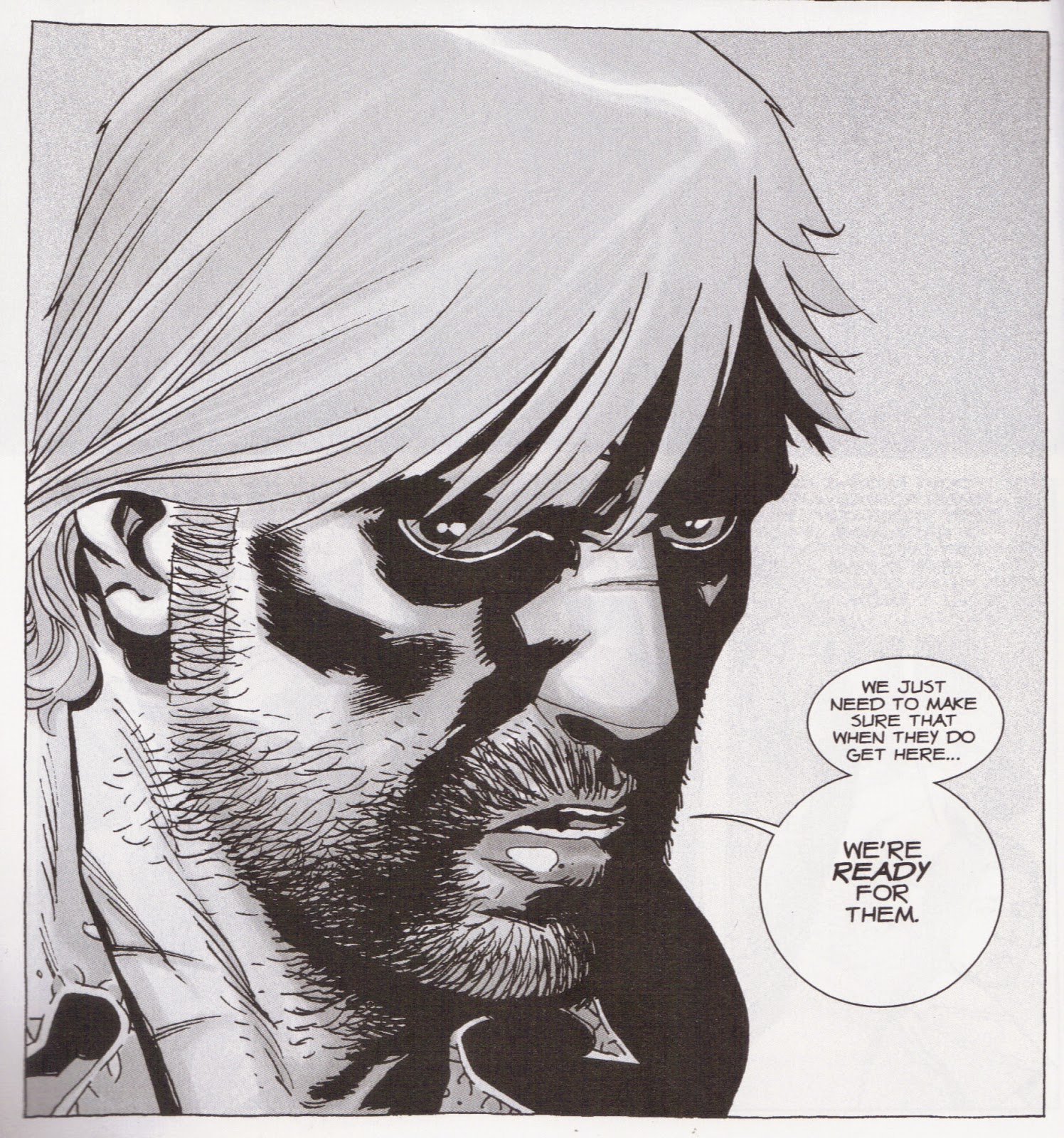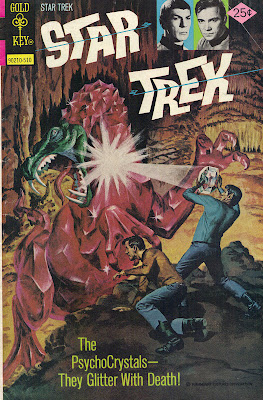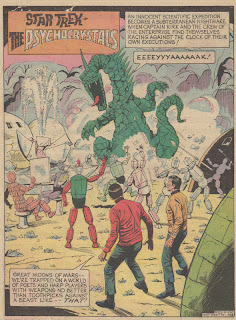 |
A few covers from the series (from top left to right) Tim Seeley, Dave Devries,
and Francesco Franacvilla.
|
True confession: I have never been a reader of Archie comic books. That is, until now. I, like most, have always possessed a passing familiarity with the cast: Archie Andrews, Jughead, Bettie, Veronica, Sabrina, Hot Dog and others. Without having spent much time thumbing through the
Archie Digest Comics at the supermarket check-out lane, I have somehow come to know these characters. I also know that I am not alone. Thanks to the success of the current CW
Riverdale television show (also streaming on Netflix) a whole new generation of viewers may well insure the Archie empire spanning for another 70+ (!) years. The television show’s success combined with the 2015 relaunch of the flagship series, Archie, likely will at the very least keep these characters within the cultural zeitgeist.
The publisher of Archie comics has long been aware of the iconic status of their characters and unlike other cape-centered comic book publishers, they have used this to their advantage for many years, the recent update notwithstanding. Whereas Batman, Spider-man and Superman are frequently being “re-made” to suit the plotting of their respective writers, “Archie-kins”, and the dynamics of his relationships with secondary characters, has been something of a constant. Which brings me to the most recent expansion of, and my first formal foray into, the Archie-verse:
Afterlife with Archie.
 |
Had never heard of Archie's dog Vegas prior to this series,
but won't forget him now.
|
Afterlife with Archie is that rare comic book that is likely best read in trade (though I remain committed to the single issue format) if only for getting the complete story in one piece. The sum of the pieces might take a while to make whole though. The first issue of
Afterlife with Archie was published back in 2013 and after almost five years, only nine of twelve originally solicited issues have seen publication. But what a run it has been this far!
From the first page, storytellers Roberto Aguirre-Sacasa and Francesco Francavilla craft a unique vision of the familiar Archie cast as survivors of a zombie apocalypse with its beginnings in Riverdale. Both creators are known (and respected) commodities through their individual work in other comic books, Aguirre-Sacasa as the writer of the complete 30 issue run of
Marvel Knights 4 (2004—06) and artist Francavilla from a multitude of variant covers such as those for Dynamite’s
Lone Ranger series as well as his own pulpy
The Black Beetle (2012).
 |
Each issue includes a secondary
reprint of classic supernatural stories.
|
The chief narrative difference between this Archie and the traditional comic book series, and one shared by other titles in the “Archie Horror” publishing family, is that no character is safe from being (literally) eaten alive. To reveal too much would ruin the surprise, but from issue 1 on, people die violently. Even those characters that one may not know well, such as Archie’s dog Vegas are given strong, if small, character moments. Because Francavilla’s stark and stylized artwork is not particularly detailed, his use of (limited color) and Aguirre-Sacasa’s dialogue is used to maximum emotional effect.
As mentioned, the inconsistent publishing schedule of
Afterlife with Archie can frustrate if you are impatient, especially for single issue readers. (I avoided this by buying up the ten issues of the series over a few weeks from my local comic book shop.) The first five issues of the series are available in trade paperback entitled
Escape from Riverdale. A second trade, the very-spoilery titled
Betty: R.I.P., was solicited (as were issues 11 and 12) but all three have been subsequently cancelled. Based on what I have seen in issues 6 through 10, Cthulhu and Sabrina fans will not be disappointed.
Here's to hoping that Aguirre-Sacasa and Francavilla soon return to conclude the current arc. Given the easy accessibility of these iconic characters, even in a unique setting, as well as the high quality of the content, waiting patience will surely be rewarded.

 "Old Fashioned Spaceman" is fairly representative of the collection as a whole: Nimoy's style is free form, devoid of traditional punctuation, with occasional rhyme, and frequently self-referential. There are few writer's who can use their own careers, especially an iconic character initially brought to life on a television screen, as a means of providing cultural allusion ("logic"). As we know, though, Leonard "Mr. Spock" Nimoy was not your normal cat.
"Old Fashioned Spaceman" is fairly representative of the collection as a whole: Nimoy's style is free form, devoid of traditional punctuation, with occasional rhyme, and frequently self-referential. There are few writer's who can use their own careers, especially an iconic character initially brought to life on a television screen, as a means of providing cultural allusion ("logic"). As we know, though, Leonard "Mr. Spock" Nimoy was not your normal cat.
















































